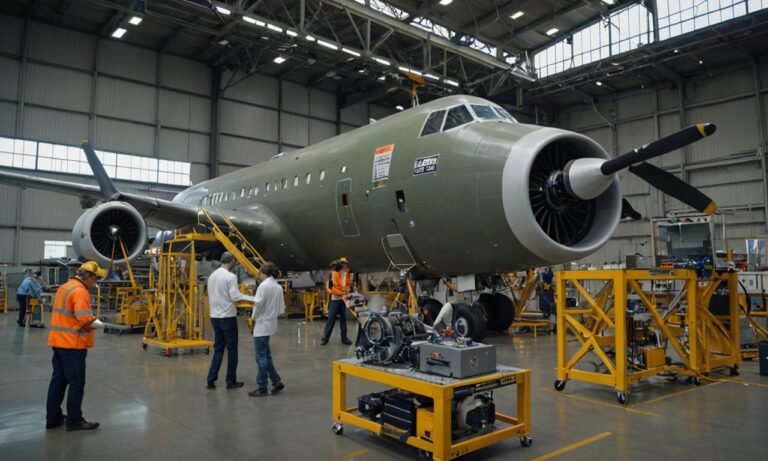Understanding how to calculate the endurance of an aircraft is crucial for pilots, engineers, and aviation enthusiasts alike. Endurance, in aviation terms, refers to the amount of time an aircraft can remain in flight on a given amount of fuel. It’s a critical factor in flight planning, especially for long-haul journeys and military operations. Calculating endurance involves several key parameters and considerations.
Understanding Endurance
Endurance is closely related to fuel consumption and aircraft performance. It represents the ability of an aircraft to remain aloft without the need for additional refueling. For pilots, knowing the endurance of their aircraft is essential for planning routes, managing fuel reserves, and ensuring safety during flights.
Fundamental Factors
Several fundamental factors influence the endurance of an aircraft:
- Fuel Consumption: The rate at which an aircraft consumes fuel significantly affects its endurance. Aircraft with lower fuel consumption rates can stay in the air longer.
- Aircraft Weight: Heavier aircraft typically consume more fuel, reducing their endurance. Pilots must consider weight distribution and payload when calculating endurance.
- Engine Efficiency: The efficiency of an aircraft’s engines directly impacts fuel consumption. Modern engines are designed for optimal fuel efficiency, enhancing endurance.
- Altitude and Speed: Flight altitude and speed influence fuel consumption. Pilots may adjust altitude and speed to optimize endurance, balancing efficiency with flight requirements.
Calculating Endurance
The formula for calculating endurance involves several variables, including fuel flow rate, fuel capacity, and aircraft performance parameters:
| Endurance (E) | = | Fuel Capacity (FC) | / | Fuel Flow Rate (FFR) |
|---|
Where:
- Endurance (E): The duration an aircraft can remain in flight on a given amount of fuel.
- Fuel Capacity (FC): The total amount of fuel the aircraft can carry.
- Fuel Flow Rate (FFR): The rate at which the aircraft consumes fuel, typically measured in gallons per hour or liters per hour.
Optimizing Endurance
Pilots and flight planners can optimize aircraft endurance through various techniques:
- Flight Planning: Careful route planning, including altitude selection and wind considerations, can maximize endurance.
- Lean of Peak: Adjusting engine mixture settings can improve fuel efficiency, extending endurance without sacrificing performance.
- Weight Management: Minimizing aircraft weight by carrying only essential fuel and payload enhances endurance.
Calculating the endurance of an aircraft is a critical aspect of flight planning and operations. By understanding the factors influencing endurance and employing optimization techniques, pilots can enhance efficiency, safety, and overall flight performance.
Frequently Asked Questions
Here are some frequently asked questions regarding aircraft endurance:
- How does weather affect aircraft endurance? Weather conditions such as headwinds or tailwinds can significantly impact an aircraft’s endurance. Headwinds increase fuel consumption and reduce endurance, while tailwinds can improve efficiency and extend endurance.
- What role does aircraft maintenance play in endurance? Proper maintenance ensures that engines operate at peak efficiency, which can positively influence an aircraft’s endurance. Regular maintenance checks help identify and address issues that could affect fuel consumption and performance.
- Can pilot experience affect endurance calculations? Yes, pilot experience can influence endurance calculations. Experienced pilots may have a better understanding of optimizing flight parameters such as altitude, speed, and engine settings to maximize endurance.
Advanced Techniques for Endurance Enhancement
Besides the fundamental factors and optimization techniques mentioned, advanced techniques can further enhance aircraft endurance:
- Aerodynamic Improvements: Aircraft modifications and design enhancements aimed at reducing drag can improve endurance by requiring less fuel to maintain flight.
- Alternative Fuel Sources: Exploring alternative fuel sources, such as biofuels or hydrogen, can potentially increase endurance while reducing environmental impact.






